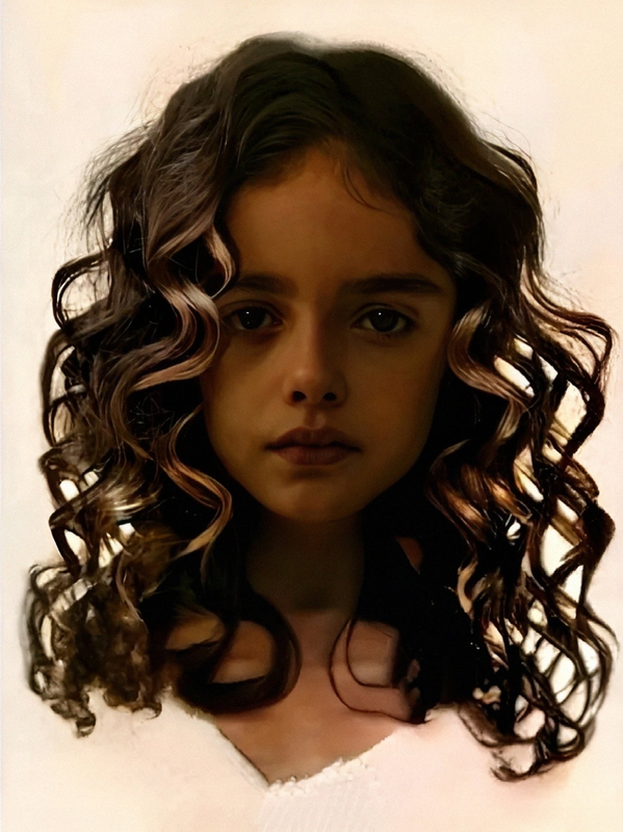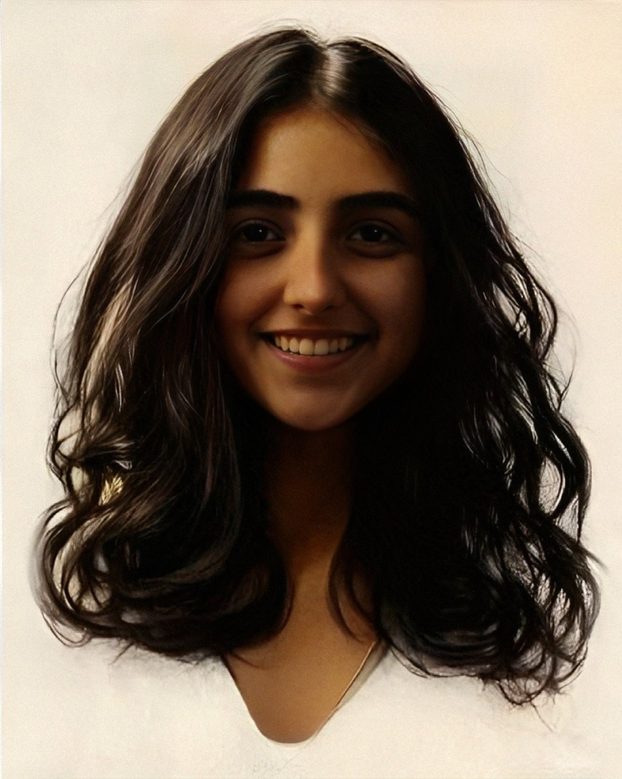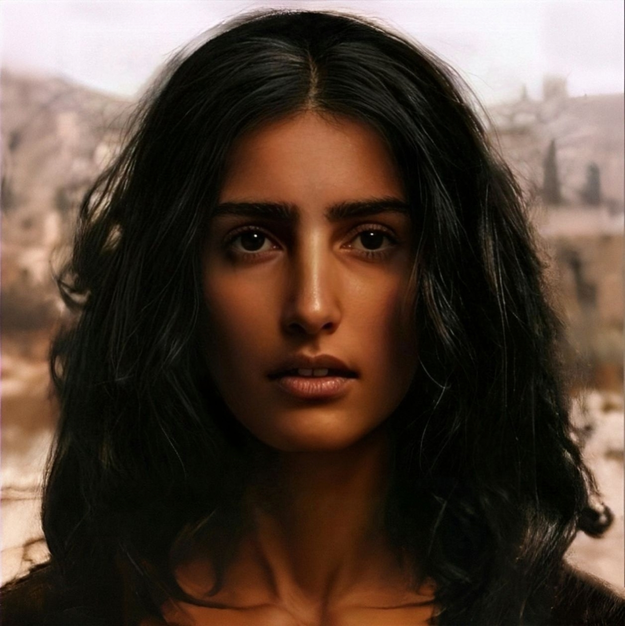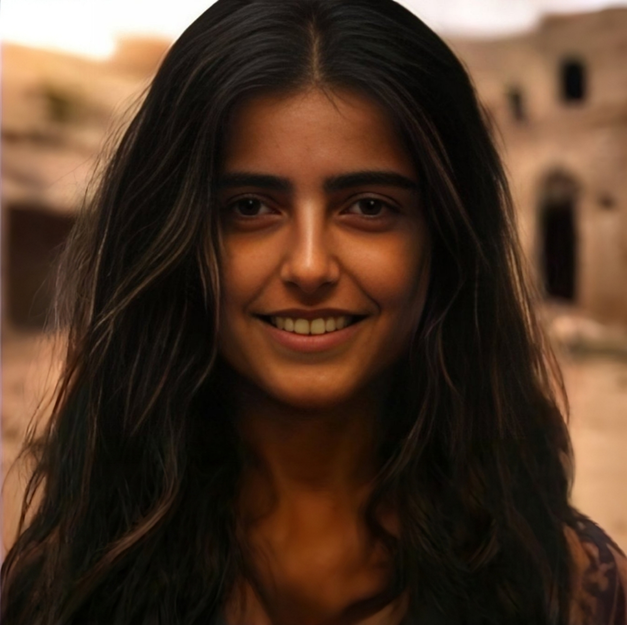As there are no detailed reference (either artistic or textual) about Jesus' or anyone of his family´s face – the most celebrated characters of Western Civilization, it is up to our generation, using contemporaneous tools, to deal with the scarce fragments of possible evidences that are left... and with strong faith. Thus, it is important to highlight that this experiment that I have proposed, is an exercise of speculation, taking into account the hypothetical legitimacy of the Holy Shroud as a christian relic, as well that of the Catechism and the Theology of Rome. It is also important to point out that the Church has never officially declared the Holy Shroud divine, regarding it simply as a very important piece as promoter of deep manifestations of faith among its followers.
My starting point (and the main basis for the forthcoming result) is the face of the man in the shroud, obtained in 2010 by the Emmy winner american graphic designer Ray Downing and his Macbeth Studio. The latter, with the most advanced forensic technology, has produced what is seen as the most believable approximation to how that face might have been when alive.
Using a software of artificial intelligence and high technology of convolutional neural networks for gender change, another one for facial adjustments and some artistic manual touches made by myself – in order to better define an anthropologically feminine and ethnic face – the outcome is a woman around 30 years old. I also decided to feature a Mary while a cosmetics user, as some of the Bible's greatest heroines were notorious for paying special attention to their fine appearance. Furthermore, we shouldn't ignore the fact that women in the Middle East have historically used makeup - including red lipstick - to prevent dryness of the skin and lips. It was a practice even in Ancient Egypt - where Mary lived for some years of her life. Surely, she might as well have adopted the custom.
In fact, far from the image of a renaissance or baroque Madonna, created to better establish a connection of serenity and interiorization with her devotees, according to ancient artistic canons. Moreover, with the same technology and thesis, I could re-create two moments from her childhood, more two over her adolescence when, supposedly, she would have given birth, and one more, from her earliest 20's .
What could likely be the real face of the Virgin Mary - 33 years old (artistic-realisitc version by Átila Soares). IMAGE: Átila Soares.
One should ask: how do we get to such a considerable definition, taking into account only the son´s face as a basis? The answer is quite simple: according to the Scriptures, Joseph, his adoptive father, had no biological participation in the carnal formation of the Messiah. The nature of this consubstantiation (as defended by the Catholic Church) is a theological concomitance whose consequence was the Man-Christ as a biological reproduction exclusively of his mother – being also God, he had turned into flesh through the “hypostatic union of divine and human nature”. Therefore, this attribution regarding the human nature would be solely Mary´s. According to the millenary catholic dogma, Jesus would have received 50% of Mary's DNA (human) and 50% of the Holy Spirit (immaterial) in a completely immaculate conception – on this subject, Pope Pio IX, in 1854, would proclaim the Ineffabilis Deus bula, defining the doctrine of Immaculate Conception of Mary. It's also important to mention that Christ was commonly referred to as from the “descendence (or House) of David” on his mother´s side, “of royal line”, which leads us to consider this genetical condition for the Man-Jesus regarding the person of Mary.
The childhood of Mary, around five and eleven years old (artistic-realisitc version by Átila Soares). IMAGE: Átila Soares.
In hyper realistic versions: Mary as an adult and as a teen (by Átila Soares). IMAGE: Átila Soares.
The debate on this subject is endless, but it is reasonable to assume that the biological elements (or material) that would define Jesus´ appearance, by finding his genetical heritage only in Mary (because she was human and not immaterial), would have made the first one – the “fructus ventris”, “offspring of the womb” - very similar to the latter, his only carnal progenitor.
According to this point of view, another version of Mary´s face can be obtained by pixels, bytes, algorithms, plus mathematics, some anthropomorphic considerations and a final artistic touch. When the astonishing technology of the XXIst century deals with controversial themes such as faith and the invisible, we understand why Faith and Science should never have been apart.
Professor Átila Soares da Costa Filho (Opening picture: A detail of "Our Lady of Mount Carmel" by the Cuzco School)
English version: Gilza Martins Saldanha da Gama, PhD in Literature - Catholic Pontifical University, Rio de Janeiro





